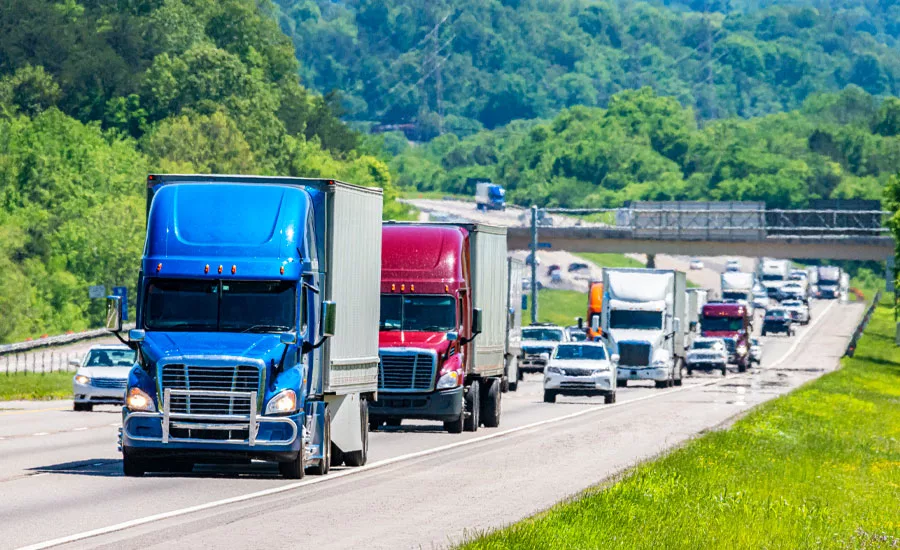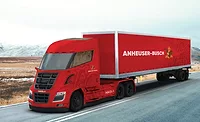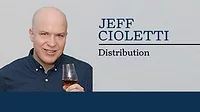The impact of new fees for fleets
Can roadway congestion be decreased through pricing strategies?

As we mark one full year since the pandemic and the ensuing lockdowns and stay-at-home guidelines commenced, industry and government officials are cautiously optimistic that the vaccine rollouts mean that there could, finally, be a light at the end of the tunnel. That could mean, at some point, the number of vehicles on the road during peak hours could be getting back to some semblance of normal. And returning with those vehicles — in addition to potentially higher fuel prices as demand increases — is much of the traffic congestion we’ve all come to know and loathe.
Getting back on the road again also could coincide with the 30th anniversary of the Federal Highway Administration’s (a part of the U.S. Department of Transportation) Value Pricing Pilot Program (VPPP) — established by Congress in 1991 as the Congestion Pricing Pilot Program. Renamed with its current moniker in 1998, the program was designed to demonstrate whether roadway congestion can be reduced through the application of congestion pricing strategies. It also studies how much such strategies impact driver behavior, traffic volume and air quality, among other elements.
Ten state-led programs have participated in VPPP: California, Connecticut, Florida, Maryland, Minnesota, Nevada, New York State, Oregon, Texas and Virginia.
The primary — and most visible — shape such programs have taken has been the establishment of express lanes in major metro areas. It’s been implemented on the Washington, D.C. area’s Beltway, for instance.
Drivers would pay a premium to use the express lanes to avoid much of the congestion at peak times. Whether that’s an incentive for delivery fleet drivers would require a cost-benefit analysis by each individual fleet manager. How much does it cut in to profitability to have DSD drivers get to their accounts, say, 20-30 minutes sooner if they avoid the traffic? Does the increased efficiency mean better customer service and, potentially, greater sales?
The main caveat is that such lanes tend to exclude large vehicles. Thus, this mostly would be an option for lighter-duty trucks, such as those often used to deliver to smaller accounts in urban areas.
Another form the state and local programs have undertaken involves variable pricing in high-demand locations at different times of the day. Similar to the express-lane initiatives, the main benefit for the beverage fleet would derive from whether paying the premium would mean easier access to the retail customer’s location.
A third approach has been teased in some major U.S. cities but, thus far, has only been implemented abroad — specifically in London, Stockholm and Singapore. That’s the notion of cordon pricing, in which a locality determines a perimeter around a typically congested area and charges a congestion fee for drivers to breach that perimeter during certain times. New York City was toying with the concept about a decade ago, but eventually abandoned it — only to resume discussions on it just prior to the pandemic. San Francisco briefly looked at it, but it never went anywhere.
The costs-versus-benefits of this category of value pricing for delivery fleets would be a mixed bag. Would it be worth the cost to pay a fee to get to an important retail account within the cordoned perimeter? It’s possible, especially if the account demands delivery during that peak congestion period. Drivers could avoid the fee if they’re able to reassess their schedule to serve those accounts off-peak — but it would be a tough sell, given the fact that congestion periods likely would be during core business hours.
At this point, however, it’s hard to speculate whether states and municipalities will explore any of these scenarios. The notion of “congestion” is still a fraction of what it used to be in the pre-COVID world.
Looking for a reprint of this article?
From high-res PDFs to custom plaques, order your copy today!






